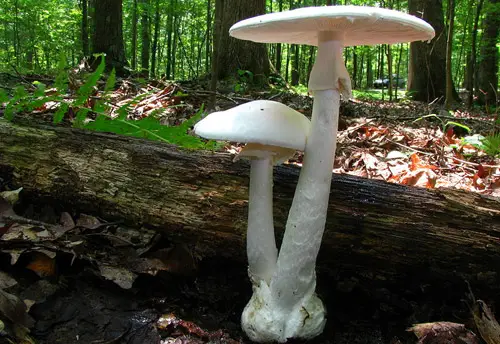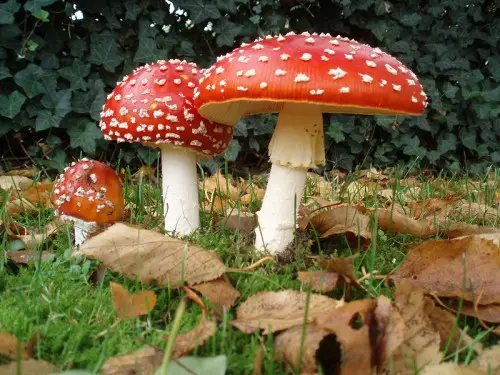Eastern North American Destroying Angel
Also known as the Eastern North American Destroying Angel, this dastardly sounding ‘angel’ is actually a poisonous species of fungi from the family Amanitaceae. Its latin name is Amanita bisporigera. It is also known as the Destroying Angel, but this name is shared with other lethal species of the white Amanita such as the Amanita ocreata and Amanita virosa.
It was first described in 1906 by George Francis Atkinson in the genus Amanita. This particular genus contains amatoxin. Amatoxins are cyclic peptides which inhibit the RNA polymerase II enzyme, which interferes with cellular functions. If eaten, symptoms will appear between 6 to 24 hours after consumption. This will be followed by a period of improvement, then by symptoms of kidney and liver failure. Death will follow four days after.
The fruit bodies of the Amanita bisporigera are found in both deciduous forests and mixed coniferous forests in the eastern part of North America and as southwards to Mexico. However, they are rare in the western North American region. It has also bee found in some Colombian pine plantations.
The mushroom cap is smooth and white. It is between 3 to 10 cm in diameter, however this depends on its age. It has an an egg-shaped to convex cap, to something that looks flattened. Its flesh is white and thin, and does not change colour when it is bruised. The margin of the cap does not have grooves and there are no volval remnants. Its gills are white and closely crowded together.
The Amanita bisporigera’s white stem is around 6 to 14 cm long, and 0.7 to 1.8 cm thick. It is solid and tapers upwards. In young specimens, it is covered with tufts of soft hair, small slender fibers, or covered with small scales. The bulb at the base of the stem is almost spherical.
This deadly fungi has a partial veil which extends from the stalk to the cap margin. It covers the gills during development in young Amanita bisporigera. When they are young, these mushrooms have a universal veil, which stretch from the top of the cap to the bottom of the stem, which provides an egg-like appearance. When it becomes mature, the veil forms a membrane around the base sort of like an eggshell-shaped cup, which is actually the mushroom’s volva. The volva is usually white, and up to 3.8 cm in height.
The smell of the Amanita bisporigera is pleasant to slightly nauseous. When it is sprayed with potassium hydroxide, the cap of the Amanita bisporigera turns yellow. This is a common chemical test used to identify mushrooms. This chemical reaction is similar to other Amanita’s.




